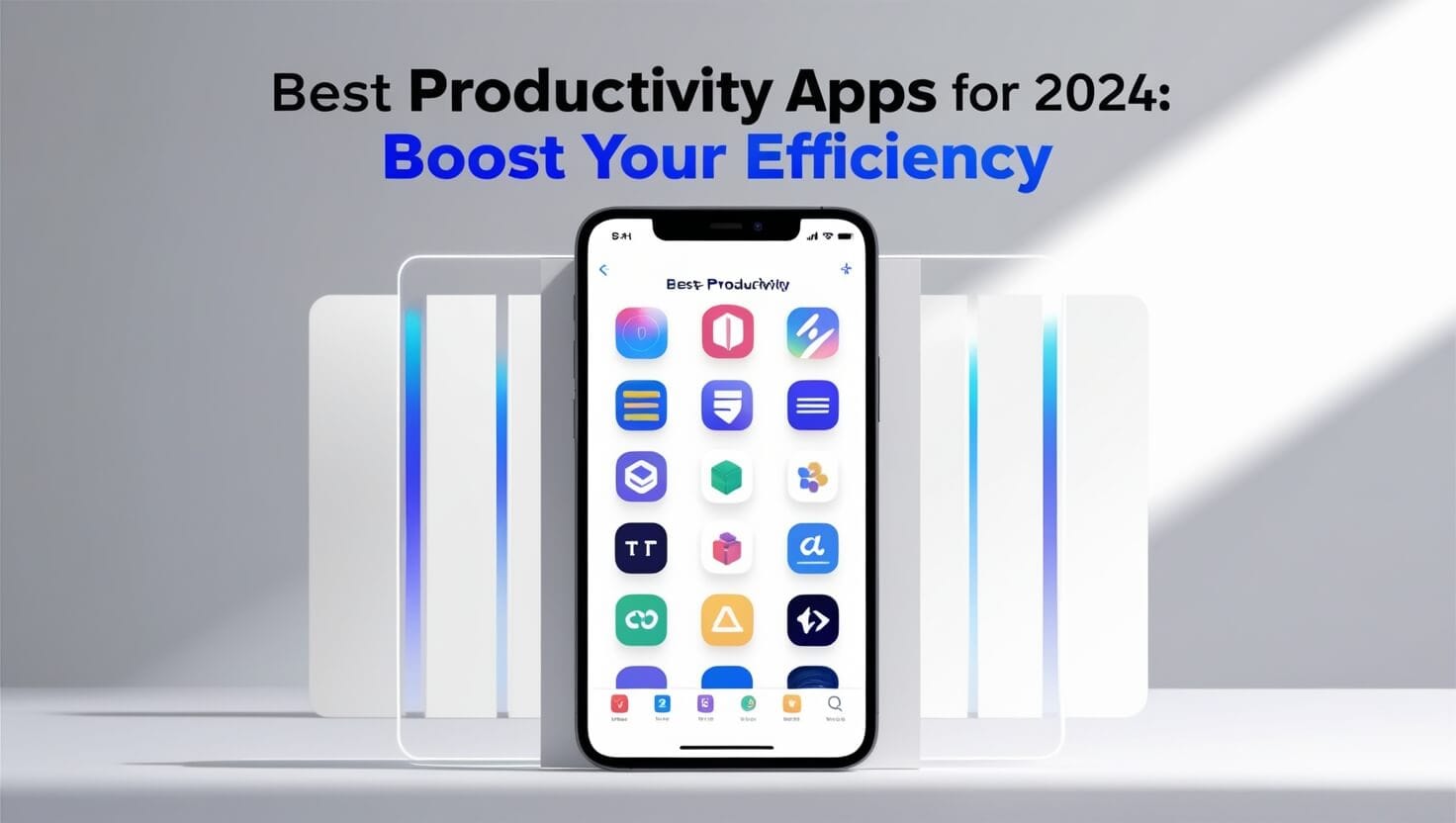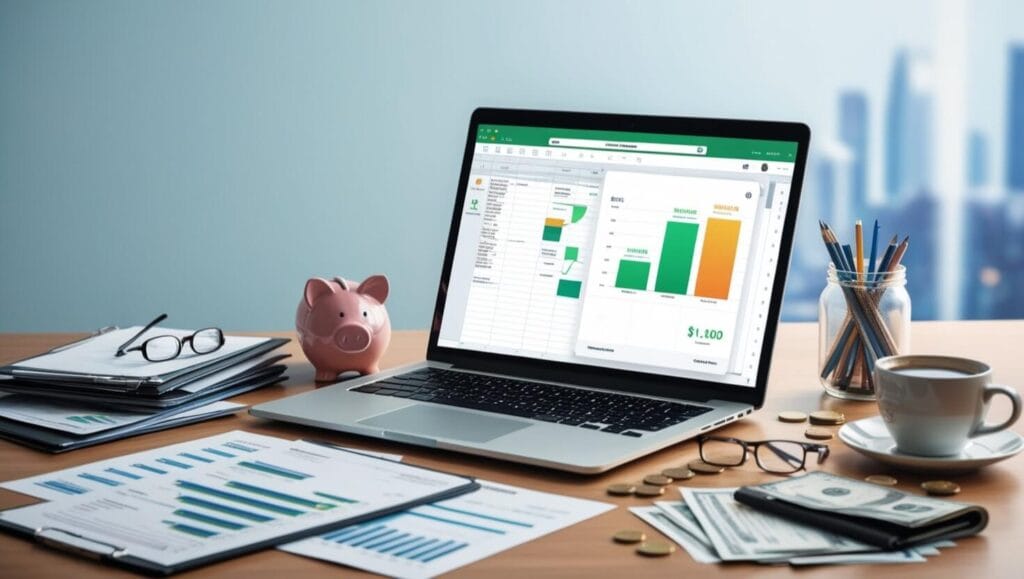
Did you know that 68% of Americans don’t track their spending at all? That’s a staggering statistic that explains why so many people struggle with their finances! I learned this the hard way when I realized I was spending nearly $400 a month on coffee and takeout without even noticing. It wasn’t until I started using expense tracking apps that I finally got control of my money.
Managing your finances doesn’t have to be overwhelming or time-consuming. With the right tools, you can transform your financial health in just a few minutes each day. Modern expense tracking applications have revolutionized how we monitor our spending, making it easier than ever to understand where our money goes and how we can save more effectively.
Whether you’re trying to pay off debt, save for a vacation, or simply want to understand your spending patterns better, the right expense tracking app can be your perfect financial companion. In this comprehensive guide, I’ll walk you through the best tracking solutions available today, sharing real experiences and practical insights to help you choose the perfect app for your needs.
Why Expense Tracking Matters More Than Ever
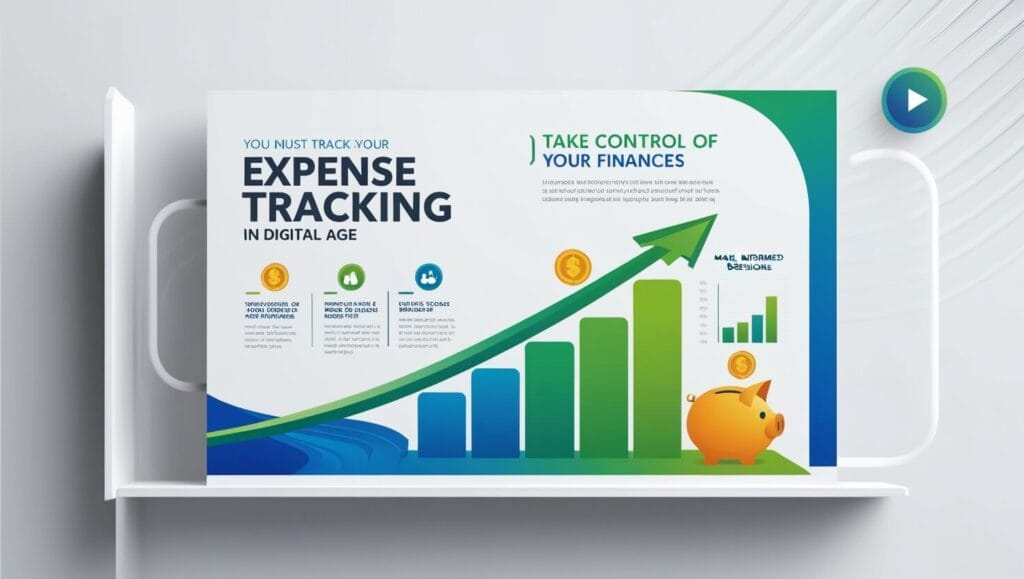
Before diving into the best apps, let’s talk about why expense control has become absolutely essential in today’s financial landscape. I used to think tracking expenses was just for people who were really struggling with money, but I was completely wrong about that assumption.
The truth is, expense tracking benefits everyone, regardless of income level. When you start monitoring your spending patterns, you begin to see money differently. It’s like turning on a light in a dark room – suddenly, you can see exactly where your money is going and identify areas where you might be unconsciously overspending.
Modern expense control goes far beyond just writing down what you spend. Today’s apps use sophisticated algorithms to categorize your expenses automatically, provide insights about your spending habits, and even predict future expenses based on your patterns. This level of financial awareness was simply impossible with traditional pen-and-paper methods.
I remember when I first started using expense tracking apps, I was shocked to discover that I was spending over $150 a month on subscription services I rarely used. Netflix, Spotify, gym memberships, software subscriptions – they all added up without me realizing it. That’s the power of proper expense tracking: it reveals the hidden money drains in your budget.
Top Expense Tracking Apps: Detailed Reviews
Mint: The Comprehensive Free Solution

Mint remains one of the most popular expense tracking apps, and for good reason. This free application connects to your bank accounts, credit cards, and investment accounts to provide a complete picture of your financial life. What makes Mint particularly excellent for expense tracking is its automatic categorization feature and robust budgeting tools.
I’ve been using Mint for over three years now, and it’s become an indispensable part of my financial routine. The app automatically categorizes transactions, which saves tremendous time compared to manual tracking methods.
Here’s what makes Mint stand out:
- Automatic transaction categorization with over 90% accuracy
- Real-time alerts for unusual spending or bill reminders
- Credit score monitoring included at no additional cost
- Budget creation tools that sync with your expense tracking data
- Investment tracking capabilities for a holistic financial view
The learning curve with Mint is relatively gentle, though it does take some time to set up all your accounts initially. Once configured, the expense tracking becomes mostly automatic, requiring only occasional manual adjustments for miscategorized transactions.
One area where Mint excels is in providing spending insights. The app generates monthly reports showing your spending trends, which categories are increasing or decreasing, and how you’re performing against your budget. This level of expense tracking detail helps you make informed decisions about future spending.
YNAB (You Need A Budget): The Budgeting Powerhouse
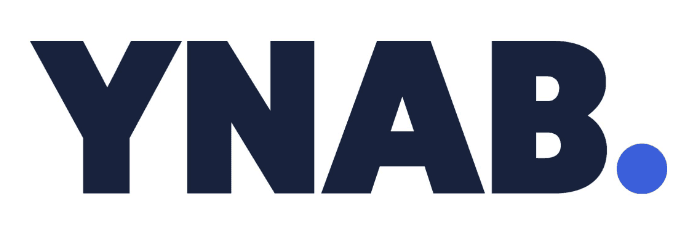
YNAB takes a different approach to expense tracking by focusing heavily on proactive budgeting rather than just monitoring past expenses. This app costs $14 per month, but many users find it pays for itself through the money they save by better managing their finances.
What sets YNAB apart in the expense tracking space is its “give every dollar a job” philosophy. Instead of just tracking where money went, YNAB helps you plan where money should go before you spend it. This proactive approach can be incredibly powerful for people who struggle with overspending.
I started using YNAB during a particularly challenging financial period, and it completely transformed how I think about money. The app forces you to be intentional about every expense, which naturally leads to better habits.
Here are YNAB’s key features:
- Zero-based budgeting methodology that assigns every dollar a purpose
- Real-time budget adjustments based on actual spending
- Debt payoff planning tools integrated with expense tracking
- Reporting features that show spending trends over time
- Mobile app for on-the-go expense tracking and budget adjustments
The YNAB approach to expense tracking requires more active participation than some other apps, but this engagement often leads to better financial outcomes. Users typically see significant improvements in their spending habits within the first few months of consistent use.
PocketGuard: Simple Expense Tracking for Busy People
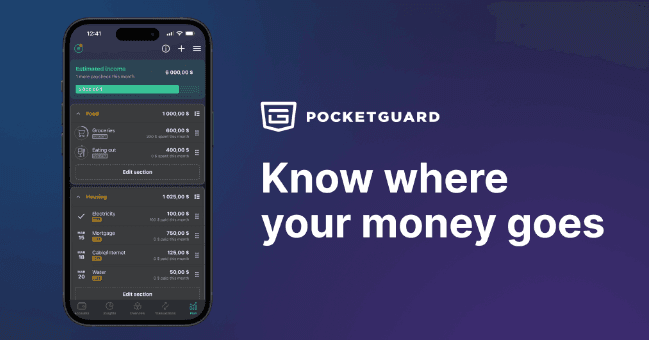
PocketGuard focuses on answering one simple question: “How much money do I have available to spend right now?” This straightforward approach to expense tracking makes it perfect for people who want financial awareness without complexity.
The app connects to your bank accounts and calculates your available spending money after accounting for bills, savings goals, and other recurring expenses. This real-time approach helps prevent overspending by showing you exactly how much discretionary income you have available.
What I appreciate most about PocketGuard is how it simplifies expense tracking without sacrificing important features. The app provides clear, easy-to-understand information about your spending patterns while maintaining the sophistication needed for effective financial management:
- “In My Pocket” feature shows available spending money after bills and savings
- Automatic categorization of expenses for streamlined tracking
- Bill tracking and payment reminders to avoid late fees
- Savings goals integration with daily expense tracking
- Spending insights that identify opportunities to save money
PocketGuard’s approach to expense tracking is particularly effective for people who get overwhelmed by too much financial detail. The app provides just enough information to make smart spending decisions without creating analysis paralysis.
Expensify: Professional Expense Tracking

Expensify is designed primarily for business expense tracking, but it’s also excellent for personal use, especially if you have complex needs or frequently travel for work. The app’s strength lies in its ability to handle receipts, mileage tracking, and expense reporting with minimal manual input.
Expensify offers features that go beyond basic monitoring. The app can scan receipts using your phone’s camera, automatically extract expense information, and categorize transactions based on your spending patterns. This level of automation makes tracking nearly effortless, even for people with busy schedules.
I’ve used Expensify for both business and personal expense tracking, and it’s particularly valuable for anyone who needs detailed records for tax purposes or expense reimbursement.
Here’s what makes Expensify special:
- Receipt scanning with optical character recognition for automatic data entry
- Mileage tracking using GPS for accurate travel expense recording
- Multi-currency support for international expense tracking
- Integration capabilities with accounting software and banking systems
- Customizable reporting for detailed expense analysis
The app’s expense tracking capabilities extend to collaborative features as well. You can share expenses with family members or colleagues, making it easier to track shared costs like household expenses or group travel.
Specialized Expense Tracking Solutions
Goodbudget: Envelope Method Digital

Goodbudget brings the traditional envelope budgeting method into the digital age, making it an excellent choice for people who prefer the expense tracking approach their grandparents used, but with modern convenience. This app divides your money into virtual envelopes for different spending categories, helping you track expenses within predetermined limits.
The expense philosophy behind Goodbudget is simple but effective: allocate money to specific categories at the beginning of each month, then track expenses against those allocations. When an envelope is empty, you’re done spending in that category until the next month.
I’ve recommended Goodbudget to several friends who struggled with traditional expense tracking apps because they found them too complicated. The envelope method provides a clear, visual way to understand spending limits and track expenses without requiring extensive financial knowledge:
- Envelope-based budgeting with visual spending limits
- Manual transaction entry for more mindful expense tracking
- Sync capabilities across multiple devices and family members
- Debt tracking features integrated with expense monitoring
- Reporting tools that show spending patterns over time
Goodbudget’s approach to expense tracking requires more manual input than automated apps, but many users find this extra engagement helps them stay more aware of their spending habits.
Toshl Finance: Visual Expense Tracking

Toshl Finance takes a unique approach to expense tracking by emphasizing visual design and gamification elements. The app uses colorful charts, graphs, and even a virtual pet that reacts to your spending habits to make expense tracking more engaging and less tedious.
What sets Toshl apart in the is its focus on making financial management feel less like a chore and more like a game. The app provides all the functionality you need for comprehensive expense tracking while presenting information in an visually appealing and easy-to-understand format.
The features in Toshl are comprehensive, including automatic categorization, budget creation, and spending analysis. However, the app’s real strength lies in its ability to keep users engaged with their finances through creative design and motivational features:
- Visual spending reports with colorful charts and graphs
- Gamification elements that reward good financial habits
- Photo attachments for receipts and expense documentation
- Multi-currency support for international expense tracking
- Export capabilities for tax preparation and financial analysis
Toshl’s approach to expense tracking is particularly effective for people who have struggled to maintain consistent financial habits in the past. The app’s engaging design helps users stay motivated to continue tracking expenses over the long term.
Choosing the Right Expense Tracking App for Your Needs

Selecting the perfect expense tracking app depends on your specific financial situation, goals, and preferences. After testing dozens of apps over the years, I’ve learned that the best solution is the one you’ll actually use consistently, not necessarily the one with the most features.
Consider your needs carefully before making a decision. If you’re just starting out with financial management, a simple app like PocketGuard might be ideal. If you need comprehensive budgeting tools, YNAB could be worth the monthly fee. For business expenses or complex financial situations, Expensify or Personal Capital might be better choices.
The key to successful expense tracking is consistency. Choose an app that fits naturally into your daily routine and doesn’t feel like a burden to use.
Here are some factors to consider when evaluating tracking apps:
- Ease of use: Can you quickly enter or review expenses without frustration?
- Automation level: Do you prefer automatic transaction import or manual entry?
- Feature set: Does the app provide the specific expense tracking features you need?
- Cost: Is the app free, or does the paid version provide sufficient value?
- Integration: Does the app work well with your bank and other financial tools?
- Privacy: Are you comfortable with the app’s data security and privacy practices?
Remember that expense tracking is a long-term commitment, not a short-term project. The app you choose should be one you can see yourself using consistently for months or years to come.
Tips for Successful Expense Tracking
Regardless of which expense tracking app you choose, certain practices will help you get the most benefit from your financial monitoring efforts. I’ve learned these tips through years of trial and error, and they’ve made a significant difference in my financial success.
First, make tracking a daily habit rather than a weekly or monthly task. Spending just two or three minutes each day reviewing and categorizing expenses is much more effective than trying to catch up on a week’s worth of transactions all at once. This daily practice also helps you stay more aware of your spending patterns in real-time.
Second, don’t aim for perfection in your expense tracking efforts. It’s better to track 90% of your expenses consistently than to track 100% of your expenses sporadically. Focus on capturing the major expenses and spending categories rather than obsessing over every small purchase.
Here are additional strategies for successful expense tracking:
- Set up automatic transaction imports whenever possible to reduce manual work
- Review and categorize expenses within 24-48 hours of making purchases
- Use consistent category names to make trend analysis more meaningful
- Take photos of receipts immediately after making cash purchases
- Review spending patterns weekly to identify areas for improvement
- Adjust budgets monthly based on actual expense tracking data
- Share tracking responsibilities with family members when appropriate
The most important aspect of expense tracking is developing a system that works for your lifestyle and sticking with it long enough to see results. Most people start noticing positive changes in their spending habits within 30-60 days of consistent expense tracking.
Advanced Expense Tracking Strategies
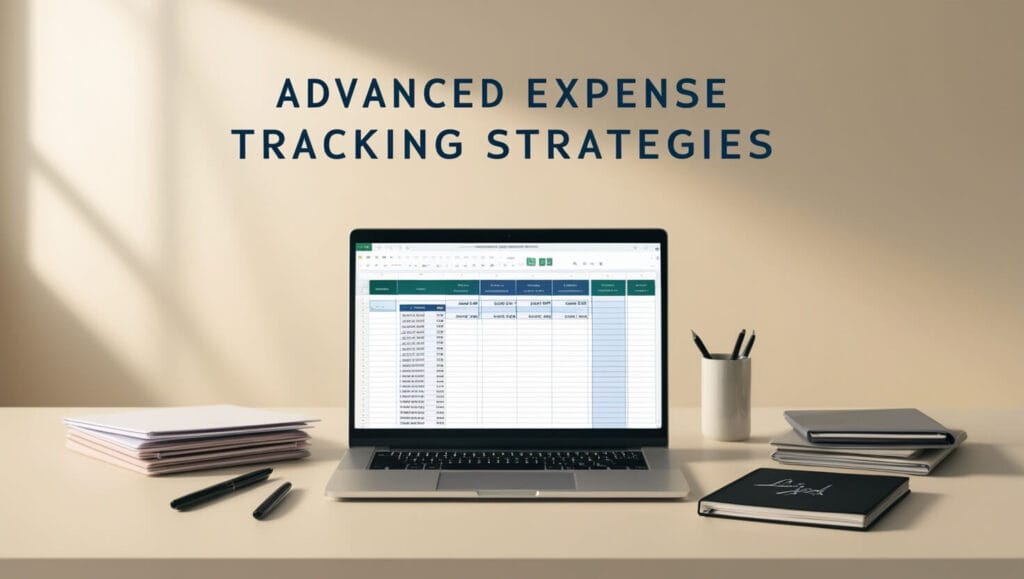
Once you’ve mastered basic expense tracking, you can implement more sophisticated strategies to maximize your financial benefits. These advanced techniques have helped me optimize my spending and saving over the years, leading to significant improvements in my overall financial health.
One powerful tracking strategy is to analyze your spending patterns seasonally. Many people have predictable fluctuations in their expenses throughout the year – higher utility bills in summer and winter, increased spending during holidays, or vacation-related expenses during certain months. By tracking these patterns over time, you can budget more accurately and avoid seasonal financial surprises.
Another advanced technique is to correlate your spending with external factors like mood, stress levels, or social situations. I discovered that I spend significantly more money when I’m stressed at work or when I’m socializing with certain groups of friends. This awareness has helped me develop strategies to manage these spending triggers.
Consider implementing these advanced expense tracking strategies:
- Trend analysis: Compare spending patterns across different time periods to identify long-term trends
- Trigger identification: Track the circumstances that lead to impulse purchases or overspending
- Goal correlation: Monitor how your spending aligns with your financial goals and adjust accordingly
- Efficiency metrics: Calculate cost-per-use for recurring expenses to identify waste
- Opportunity cost analysis: Evaluate whether expenses contribute to your long-term financial objectives
Advanced expense tracking also involves using the data you collect to make predictive decisions about future spending. By understanding your historical patterns, you can anticipate upcoming expenses and adjust your budget accordingly.
Common Expense Tracking Mistakes to Avoid
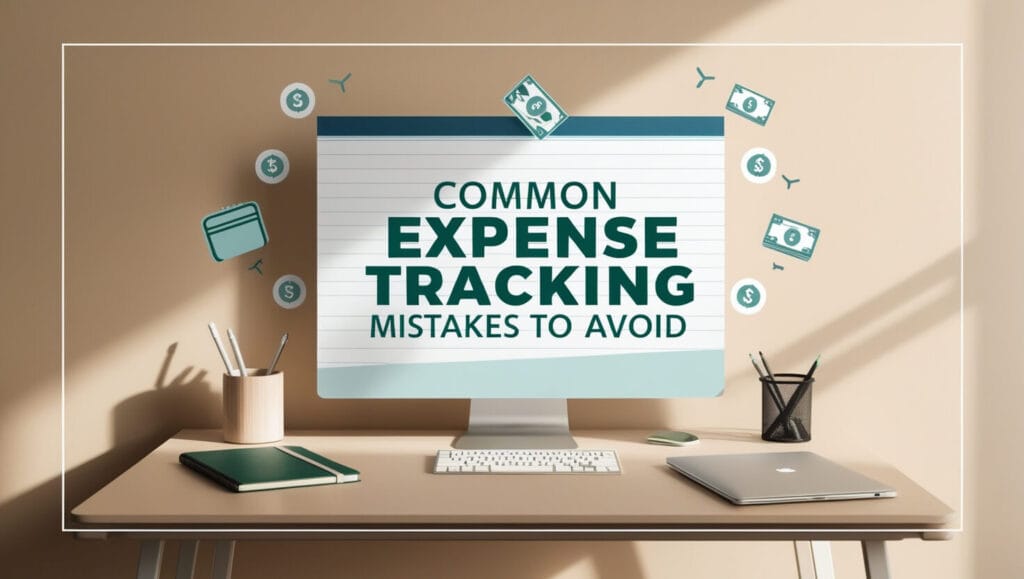
Through years of tracking experience and helping others implement these systems, I’ve identified several common mistakes that can undermine your financial monitoring efforts. Avoiding these pitfalls will help you get maximum benefit from your chosen expense tracking app.
The biggest mistake people make with expense tracking is trying to track every single penny from day one. This perfectionist approach often leads to burnout and abandonment of the entire system. Instead, start by tracking major expenses and spending categories, then gradually add more detail as the habit becomes established.
Another common error in tracking is failing to regularly review and analyze the data you’re collecting. Simply recording expenses without examining patterns and trends provides little value. Schedule weekly or monthly review sessions to look at your spending data and identify areas for improvement.
Here are additional expense tracking mistakes to avoid:
- Inconsistent categorization: Using different category names for similar expenses makes analysis difficult
- Ignoring small recurring expenses: Subscription services and small regular purchases can add up significantly
- Failing to account for cash expenses: Cash transactions are often the most difficult to track but shouldn’t be ignored
- Not adjusting for life changes: Major life events require adjustments to expense tracking categories and budgets
- Overcomplicating the system: Complex expense tracking systems are harder to maintain consistently
- Focusing only on cutting expenses: Expense tracking should also identify opportunities to reallocate spending toward priorities
Remember that expense tracking is a tool for better financial decision-making, not an end in itself. The goal is to use the information you gather to improve your financial situation, not to achieve perfect tracking accuracy.
The Future of Expense Tracking
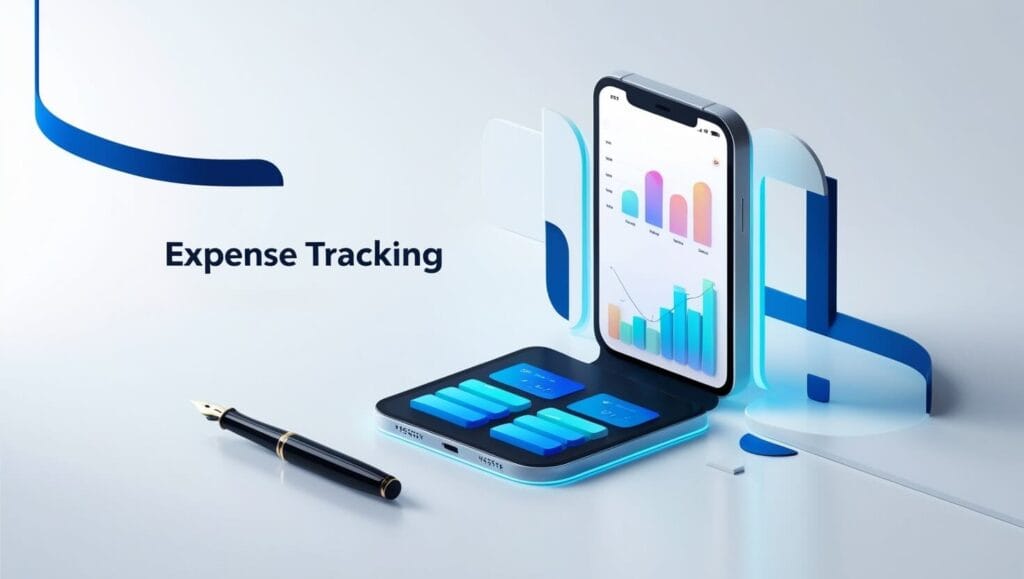
The expense tracking landscape continues to evolve rapidly, with new technologies and approaches emerging regularly. Artificial intelligence and machine learning are making expense tracking apps smarter and more predictive, while open banking initiatives are improving the accuracy and speed of transaction data.
I’m excited about the future of expense tracking because emerging technologies promise to make financial management even more automated and insightful. Imagine expense tracking apps that can predict your future spending based on your calendar, weather patterns, and historical data, or apps that automatically negotiate better rates for your recurring expenses.
The integration of expense tracking with other financial tools is also improving. Modern apps can connect with investment platforms, tax preparation software, and financial planning tools to provide a more comprehensive view of your financial life. This integration makes it easier to see how your spending decisions impact your long-term financial goals.
Future developments in expense tracking technology will likely include:
- Predictive spending analysis using artificial intelligence
- Automated expense optimization recommendations
- Voice-activated expense entry for hands-free tracking
- Improved receipt processing with advanced optical character recognition
- Enhanced privacy protection while maintaining functionality
- Better integration with emerging payment technologies
As expense tracking technology continues to advance, the key will be maintaining the balance between automation and awareness. The most effective expense tracking systems will always require some level of human engagement and decision-making.
Effective expense tracking

Effective tracking has the power to transform your financial life, but only if you choose the right tools and use them consistently. Whether you prefer the comprehensive features of Mint, the budgeting focus of YNAB, or the simplicity of PocketGuard, the best expense tracking app is the one that fits your lifestyle and helps you achieve your financial goals.
Remember that expense tracking is not about restriction or punishment – it’s about awareness and empowerment. When you understand where your money goes, you can make informed decisions about where you want it to go in the future. This awareness is the foundation of all successful financial management.
The journey to better financial health through expense tracking requires patience and persistence, but the rewards are significant. Start with whichever app appeals to you most, commit to using it consistently for at least 90 days, and be prepared to adjust your approach as you learn what works best for your situation.
Take action today by downloading one of the expense tracking apps mentioned in this guide and beginning your journey toward better financial awareness. Your future self will thank you for taking this important step toward financial stability and success. The perfect expense tracking solution for your finances is waiting – you just need to take the first step and start using it.

